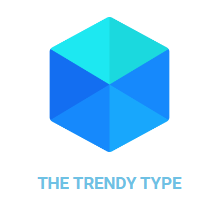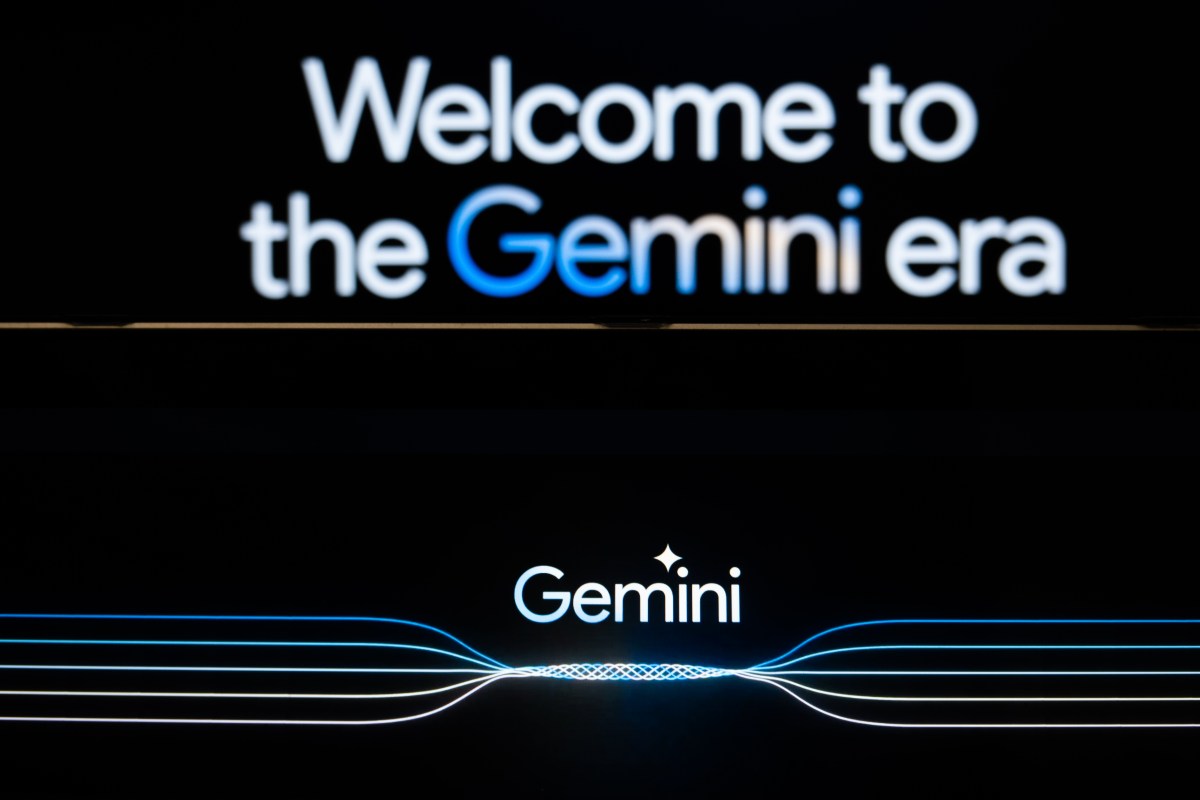The Limits of Google’s Gemini AI: Can It Really Understand Massive Datasets?
Gemini’s Grand Claims
Table of Contents
- Gemini’s Grand Claims
- Research Reveals Limitations
- Understanding Context
- Gemini’s Impressive Demos
- Challenging Assumptions: When AI Falls Short
- Beyond Text: The Challenge of Visual Understanding
- Looking Ahead: Bridging the Gap Between AI and Human Understanding
- Context Window Claims: A Marketing Tactic or True Capability?
- The Reality Check: Generative AI Faces Growing Scrutiny
- Moving Forward: A Focus on Practical Applications
- Beyond the Buzzwords: A Critical Look at Context Understanding
- The Limitations of Current Benchmarks
- The Importance of Third-Party Critique
Google has been touting its flagship generative AI models, Gemini 1.5 Pro and 1.5 Flash, as revolutionary due to their purported ability to process and analyze vast amounts of data. In presentations and demonstrations, Google executives have repeatedly claimed that these models can accomplish previously impossible tasks thanks to their “long context,” such as summarizing hundreds of pages of documents or searching across scenes in movie footage. However, recent research suggests that these claims may be overstated.
Research Reveals Limitations
Two separate studies have investigated how well Google’s Gemini models and others actually make sense of massive datasets – think works as long as “War and Peace.” Both studies found that Gemini 1.5 Pro and 1.5 Flash struggle to answer questions about large datasets accurately. In one series of document-based tests, the models provided the correct answer only 40% to 50% of the time.
“While models like Gemini 1.5 Pro can technically process long contexts, we’ve seen many cases indicating that the models don’t really ‘perceive’ the content,” Marzena Karpinska, a postdoc at UMass Amherst and co-author on one of the studies, told TheTrendyType.
Understanding Context
A model’s context, or context window, refers to the input data (e.g., text) that the model considers before producing output (e.g., more text). A simple question – ”Who won the 2020 U.S. presidential election?” – can serve as context, as can a movie script, show, or audio clip. And as context windows grow, so does the size of the documents being fit into them.
The latest versions of Gemini can absorb upwards of two million tokens as context. (“Tokens” are subdivided bits of raw data, like the syllables “fan,” “tas,” and “tic” in the word “unbelievable.”) That’s equivalent to roughly 1.4 million words, two hours of video, or 22 hours of audio – the largest context of any commercially available model.
Gemini’s Impressive Demos
In a briefing earlier this year, Google showcased several pre-recorded demos intended to illustrate the potential of Gemini’s long-context capabilities. One had Gemini 1.5 Pro search the transcript of the Apollo 11 moon landing telecast – around 402 pages – for quotes containing jokes, and then find a scene in the telecast that resembled a pencil sketch.
Oriol Vinyals, VP of research at Google DeepMind and leader of the briefing, described the model as “magical.” “[1.5 Pro] performs these types of reasoning tasks across every single page, every single word,” he stated.
While these demos are impressive, the recent research raises important questions about the true capabilities of Gemini’s long-context abilities. It remains to be seen whether these models can truly understand and process information at the scale they claim.
The Limits of AI: Can Language Models Truly Understand What They Read?
Challenging Assumptions: When AI Falls Short
Recent research has cast doubt on the widely held belief that large language models (LLMs) possess a deep understanding of the text they process. While these models can generate impressive outputs and engage in seemingly intelligent conversations, their ability to comprehend complex narratives and extract nuanced information remains limited.
One study, conducted by researchers at the Allen Institute for AI and Princeton University, tasked LLMs with evaluating true/false statements about fictional books. The researchers selected contemporary works to prevent the models from relying on pre-existing knowledge and included specific details and plot points that required careful reading comprehension.
The results were surprising. Gemini 1.5 Professional, a powerful LLM, answered correctly only 46.7% of the time, while its Flash counterpart achieved a mere 20%. This performance was significantly lower than random chance, indicating that these models struggle to grasp the complexities of narrative and infer meaning beyond surface-level information.
Beyond Text: The Challenge of Visual Understanding
Another study explored the ability of LLMs to understand visual content. Researchers at UC Santa Barbara presented Gemini 1.5 Flash with a series of images paired with questions. To assess its comprehension, they inserted distractor images into slideshows, forcing the model to focus on specific details within a sequence.
The results were equally underwhelming. While Flash managed to transcribe handwritten digits with around 50% accuracy in simple image presentations, its performance plummeted when presented with slideshows. This suggests that LLMs still face significant challenges in processing and interpreting visual information.
Looking Ahead: Bridging the Gap Between AI and Human Understanding
These findings highlight the limitations of current LLMs and underscore the need for further research to bridge the gap between artificial and human understanding. While these models have made impressive strides, they still struggle with tasks that require complex reasoning, contextual awareness, and the ability to integrate information from multiple sources.
Developing AI systems that can truly comprehend and interact with the world in a meaningful way will require advancements in areas such as common sense reasoning, knowledge representation, and multi-modal learning. This ongoing research holds immense potential for transforming various fields, from education and healthcare to scientific discovery and creative expression.
The Hype vs. Reality of Generative AI: Are We Overpromising?
Context Window Claims: A Marketing Tactic or True Capability?
In the rapidly evolving world of generative AI, companies often tout impressive features like large context windows – the ability to process vast amounts of text – as a key differentiator. However, recent research suggests that these claims may not always reflect the true capabilities of these models.
A study by researchers at UC Santa Barbara found that current generative AI models struggle with tasks requiring basic reasoning, such as extracting numerical information from images. As we explored in our own testing of Google’s Gemini chatbot, this limitation highlights the gap between marketing hype and real-world performance.
While models like OpenAI’s GPT-4o and Anthropic’s Claude 3.5 Sonnet have shown promise, none performed exceptionally well in the study. Notably, Google is the only model provider that prominently features context window size in its advertising, raising questions about whether this metric truly reflects the value proposition.
“There’s nothing wrong with simply stating, ‘Our model can take X number of tokens’ based on technical specifications,” said Michael Saxon, a PhD student at UC Santa Barbara and co-author of the study. “But the question is, what useful thing can you actually do with it?”
The Reality Check: Generative AI Faces Growing Scrutiny
As companies grapple with the limitations of generative AI, public expectations are shifting. Recent surveys from Boston Consulting Group reveal that C-suite executives are increasingly skeptical about the potential for substantial productivity gains from these technologies. Concerns about errors, data breaches, and the ethical implications of AI-generated content are also on the rise.
The investment landscape reflects this growing caution. PitchBook reports a significant decline in early-stage funding for generative AI startups, with dealmaking plummeting 76% from its peak in Q3 2023. This trend suggests that investors are demanding more tangible evidence of real-world impact before committing substantial resources.
The hype surrounding generative AI is gradually giving way to a more realistic assessment of its capabilities and limitations. As consumers encounter chatbots that fabricate information and search platforms that rely on plagiarism, the demand for transparency and accountability will only intensify.
Moving Forward: A Focus on Practical Applications
While the current state of generative AI may fall short of initial expectations, it’s crucial to recognize its potential for future development. Focusing on practical applications where AI can demonstrably improve efficiency, accuracy, and user experience will be key to building trust and driving adoption.
The future of generative AI hinges on a shift from hype-driven marketing to a more transparent and evidence-based approach. By prioritizing real-world impact and addressing ethical concerns, developers and investors can pave the way for responsible innovation in this transformative field.
The Hype vs. Reality: Unpacking Generative AI’s Contextual Capabilities
Beyond the Buzzwords: A Critical Look at Context Understanding
The world of generative AI is abuzz with claims of groundbreaking advancements, particularly regarding a model’s ability to understand and process vast amounts of text – known as “context.” Companies like Google, eager to stay competitive in this rapidly evolving landscape, have touted their models’ impressive contextual capabilities. However, beneath the surface of these bold pronouncements lies a complex reality that demands closer scrutiny.
While Google’s Gemini project aimed to establish itself as a leader in context understanding, experts like Dr. Emily Karpinska, a prominent researcher in the field of AI, caution against accepting these claims at face value. Karpinska highlights the lack of standardized benchmarks and transparent evaluation methods used by companies to assess their models’ true contextual abilities.
The Limitations of Current Benchmarks
One common metric used to evaluate context understanding is the “needle in a haystack” test, which measures a model’s ability to retrieve specific pieces of information from large datasets. While seemingly straightforward, this test falls short of capturing the complexity of true contextual comprehension. As Dr. Michael Saxon, another leading AI researcher, points out, answering complex questions that require nuanced understanding and reasoning goes far beyond simply retrieving facts.
Saxon emphasizes the need for more sophisticated benchmarks that accurately reflect the multifaceted nature of context understanding. He argues that relying solely on simplistic metrics like “needle in a haystack” can lead to misleading conclusions and perpetuate hype surrounding generative AI capabilities.
The Importance of Third-Party Critique
Both Saxon and Karpinska advocate for greater transparency and third-party scrutiny within the field of AI. They believe that independent evaluations and open-source research are crucial for ensuring that claims about generative AI’s abilities are grounded in reality.
The public, they argue, should approach sensationalized claims about AI with a healthy dose of skepticism and demand rigorous evidence to support these assertions. By fostering a culture of critical evaluation and transparency, we can move beyond the hype and towards a more realistic understanding of generative AI’s potential and limitations.


